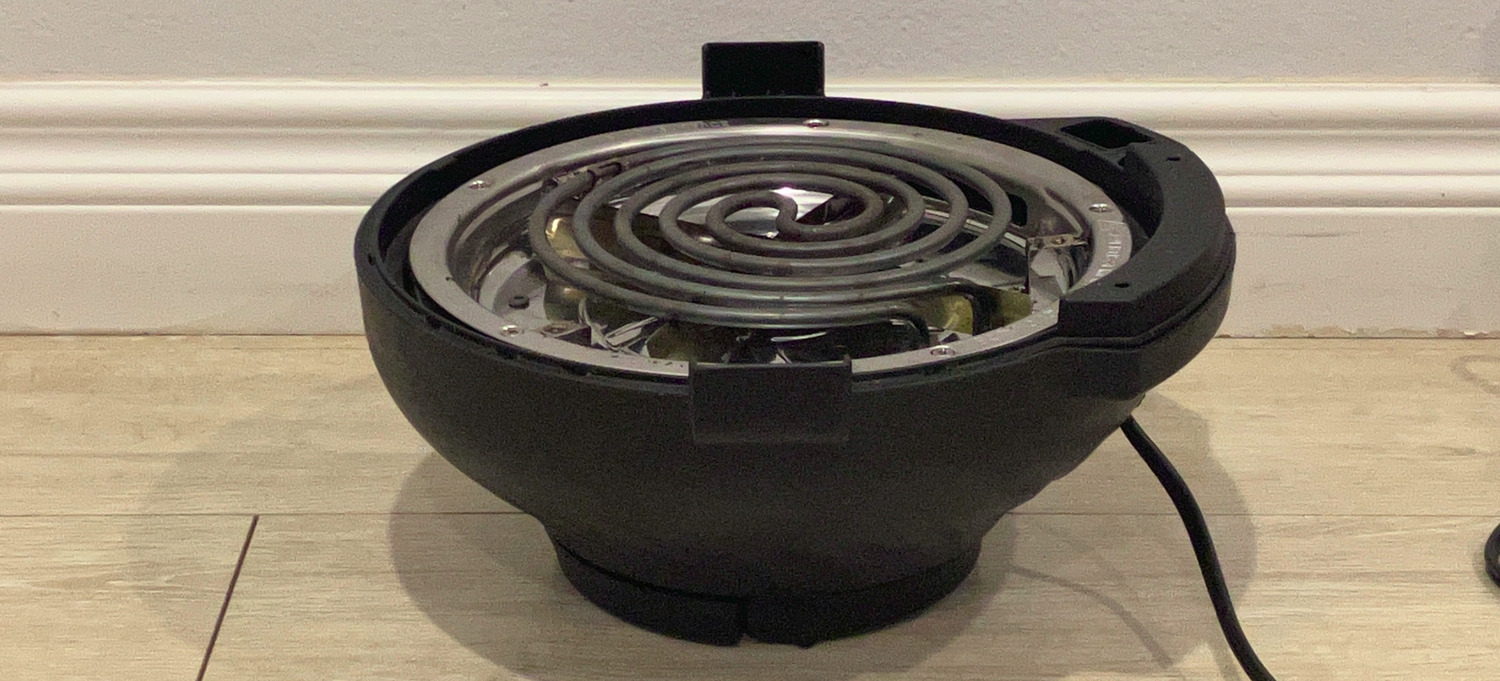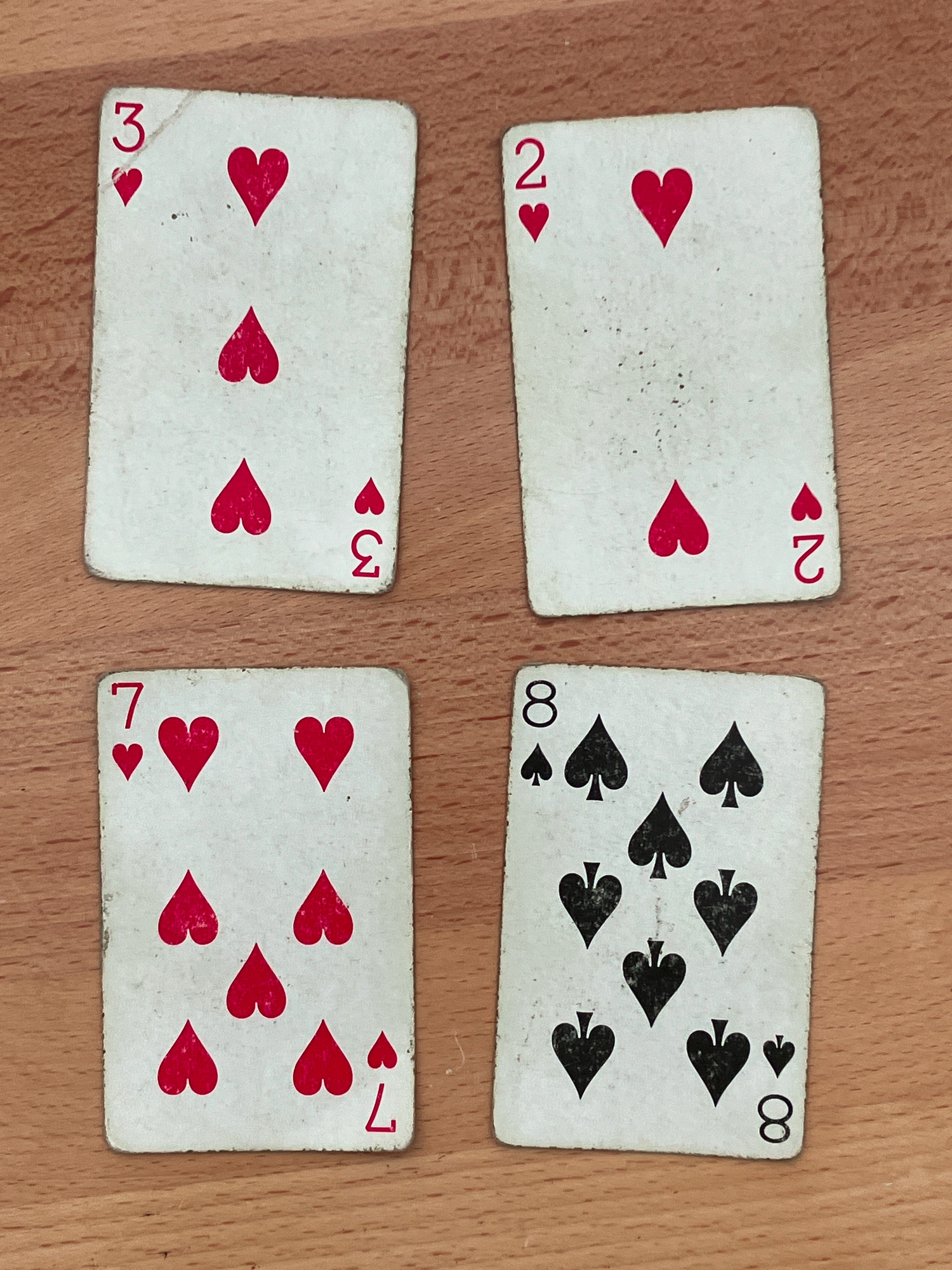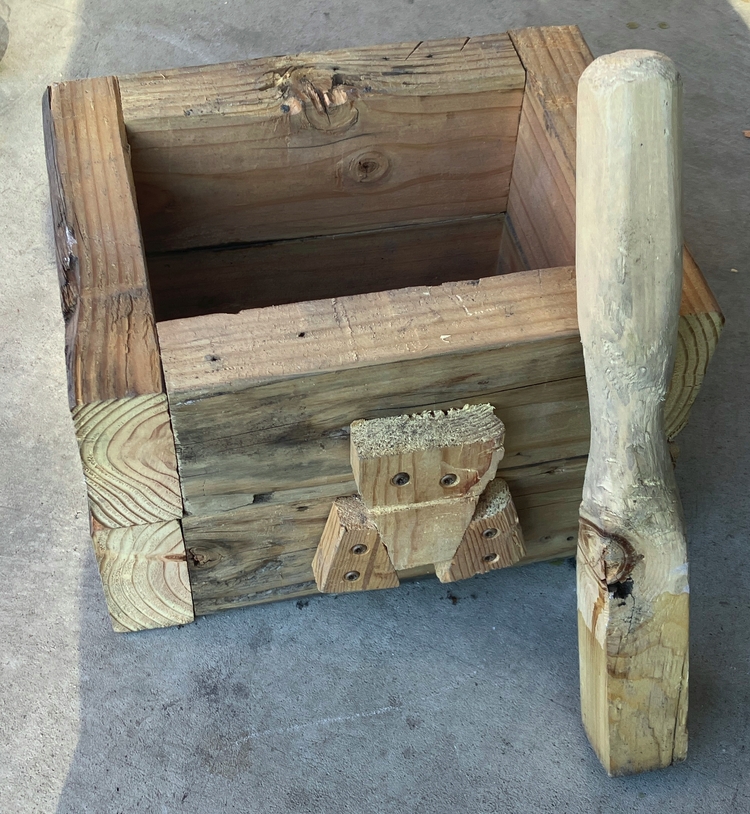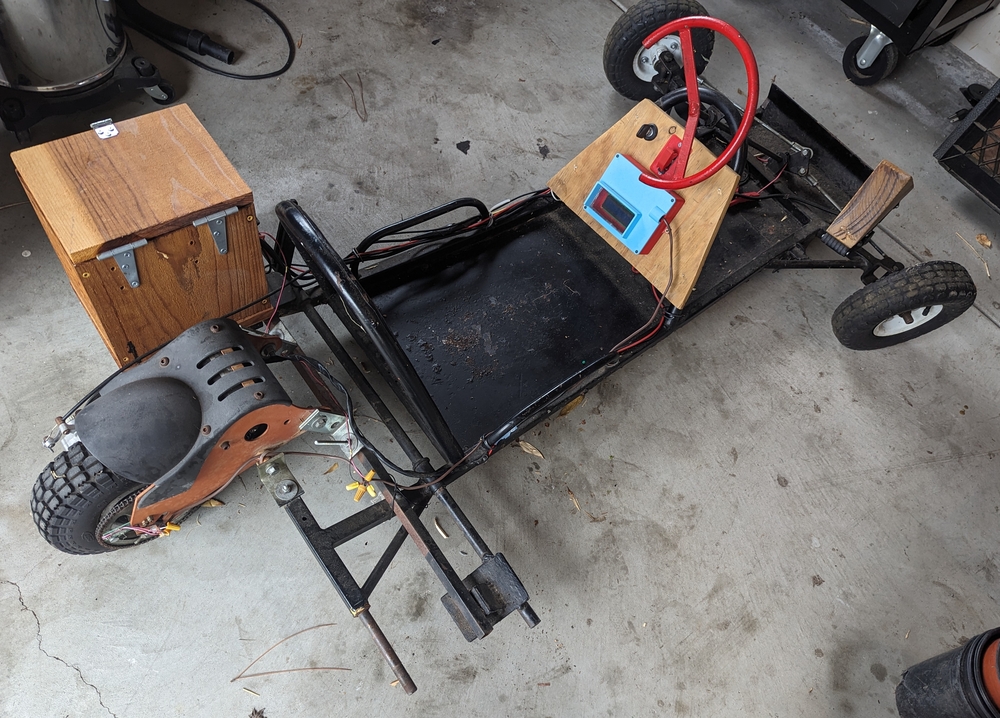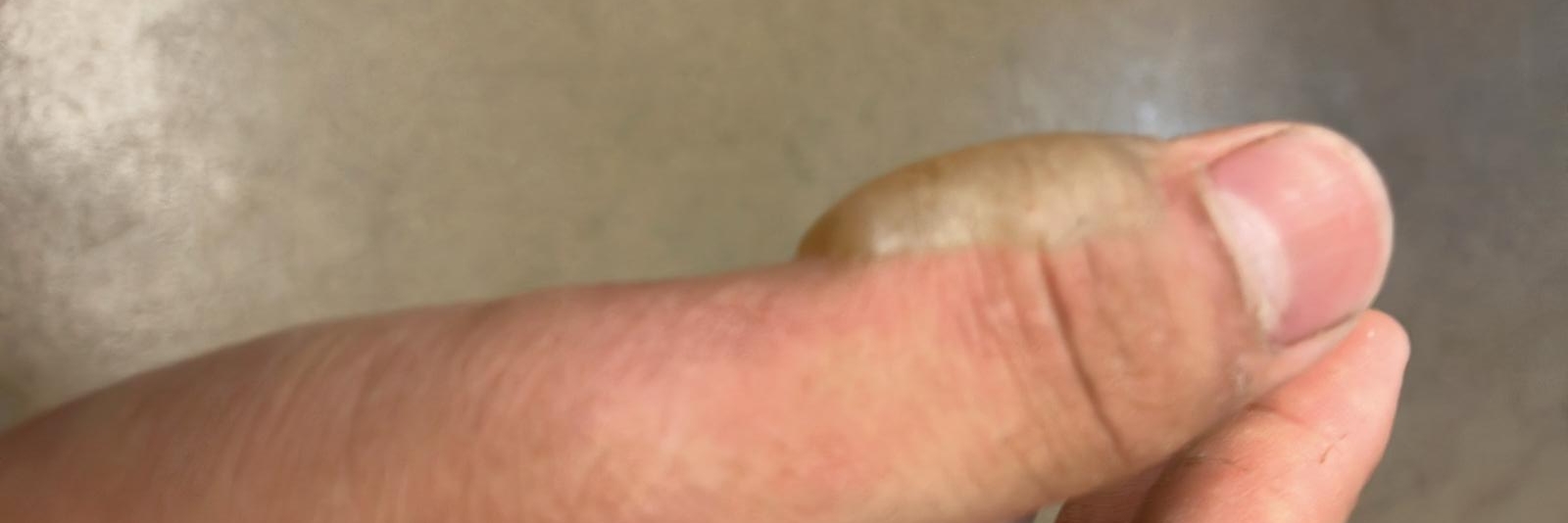-
This Fixit Clinic was held at the Hayward Library. There weren’t very many people. I worked with another fixer on a Japanese foot-warming table that wouldn’t temperature regulate and stayed on constantly. It was constructed with two quartz heating elements controlled by a bimetallic thermostat mounted on its underside, with reflectors to direct all the radiation downwards. They were protected by a steel cage, with a sort of felt coating to decrease its thermal conductivity in case someone contacted it. The table was meant to be completely covered by a blanket to create an enclosed space underneath it to be…
-
WARNING: This is quite a dangerous project if you don’t know what you’re doing. Take proper precautions if you decide to try this: never leave the stove unattended, plug it into a GFCI outlet, use proper wire connections, and use a cord of the proper gauge. Above all, USE COMMON SENSE; IF A SITUATION LOOKS DANGEROUS, IT IS. Having come upon an Instant Pot® Duo Crisp™ Air Fryer lid, I decided to take it apart and convert it to an electric stove. Disassembly Disassembly was pretty easy, with the exception of the first two non-obvious steps: Take off the intake…
-
This Repair Café was held at the Museum of American Heritage. First, there was a DeLonghi EC702 espresso machine that wasn’t providing sufficient pressure to push the water through the coffee grounds. Unfortunately, the owner forgotten to bring the portafilter (filter basket), so we couldn’t confirm this; running the machine without the filter in place resulted in very slow water flow. Anyhow, his research led him to conclude that the pump was faulty; he wasn’t able to replace it himself because he didn’t have the proper screwdriver to remove the Torx security screws. We replaced the pump and found that…
-
Introduction There is a medicinal ointment popular in Hong Kong called 白花油 (“White Flower Oil”) that produces a cool, minty feeling when rubbed on the skin and is used as a pain and itch reliever. (A similar product called 风油精 (“Wind Oil Essence”) is used in Mainland China.) Interestingly, one of its main ingredients, which makes up 40% of it, is methyl salicylate, a chemical often used to soften rubber. The specific use case I had in mind was restoring some grip to the time-stiffened rubber feet of an old typewriter. They had deteriorated to the point where the …
-
Introduction and Rules 24 is a card game in which players try to use the basic arithmetic operations and each of four numbers exactly once to get the number 24. I play the game with my friends as follows: in each round, 4 cards are dealt face-up, and the first person to yell out a solution for how to get 24 wins those cards. J is 11, Q is 12, K is 13, and A is 1. Since it is occasionally impossible to find a solution, the first player to declare the round “impossible” receives the cards after the rest…
-
Introduction I have some dirt,I have some sand.Uh! Green sand. I poured zinc,into the green sand,Uh! Sand casting. (The PPAP song went viral when I was in elementary school and the funny lyrics made an impression on me. So here we are.) My previous attempt at casting focused on casting a detailed model with no draft, necessitating the time-consuming investment casting process. However, for simpler and properly drafted models, more rapid castings can be obtained with sand casting, though with a poorer surface quality. Materials and Tools One of the great benefits of sand casting is …
-
Introduction This post describes a project I did in the past. It was the first project that I did more-or-less independently of parental encouragement, and I learned a lot of skills in the process. I’d say that this project is the precursor to all my other projects. At some point, my mom bought a wooden go-kart. The frame was built in an “𐌆” shape with a string wrapped around the steering column (a dowel) moving the swivel-mounted front wheels, kind of like a bow drill but in reverse. A brake lever pulled a cable that pulled a wooden board …
-
This Fixit Clinic was held in the Hayward Library. It was a slow day, possibly because of the July 4th weekend travel rush. First, I watched other people fix a 50-year-old blender running loudly and slowly, even at the highest setting. It was a joy to take apart: a few hex-head self-tapping screws held the bottom plate in place, which could be removed to access all the electronics. The bearings on the universal motor were dry and needed oil, though amazingly, the carbon brushes were still in fine shape after so many years of heavy use. An older fixer also…
-
I attended this event after taking a bit of a break from Repair Café/Fixit Clinic, which I enjoy and benefit from, in order to self-study two AP courses, which I dislike and… maybe benefit from. Anyhow, this event was at the Saratoga Library and there were a few high schoolers attending! First up was an adjustable-height overbed table that the client had bought disassembled and couldn’t figure out how to assemble. The upper part of the table was supported at one end by a square tube that telescoped into a slightly larger tube extending out of the table’s legs. A…
-
The other day, as a result of playing with gasoline, I got some second-degree burns. Eight years ago, in preparation for a backpacking trip to Sword Lake, my dad bought a 1-gallon can of Coleman Fuel (a petroleum distillate similar to gasoline but without the engine-performance-enhancing additives), to fuel his Coleman 442 pressure stove. After using it for a few camping trips and to melt zinc, the fuel was finally finished as I continued my metal-casting project over this summer break. Of course, the fuel can wasn’t exactly empty. I did my best to pour out the …


